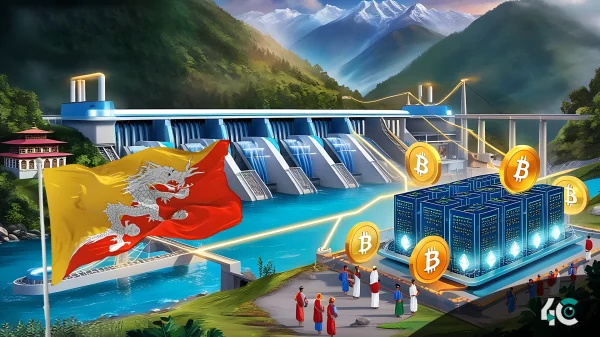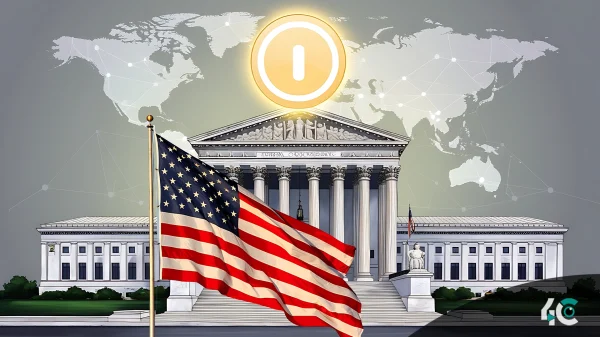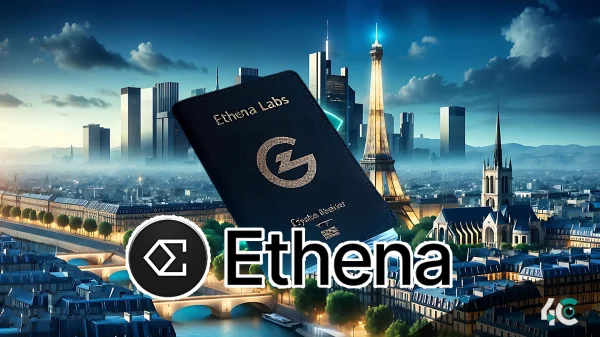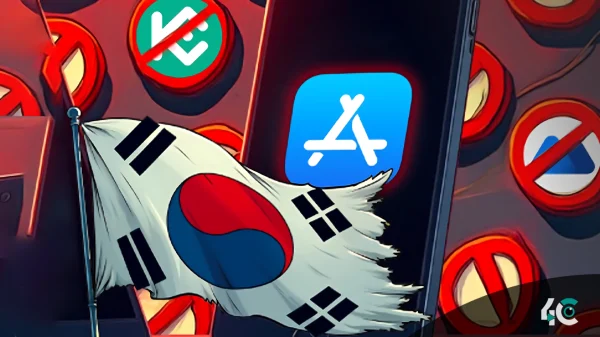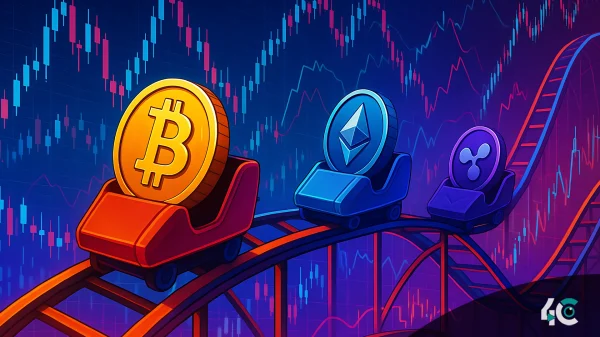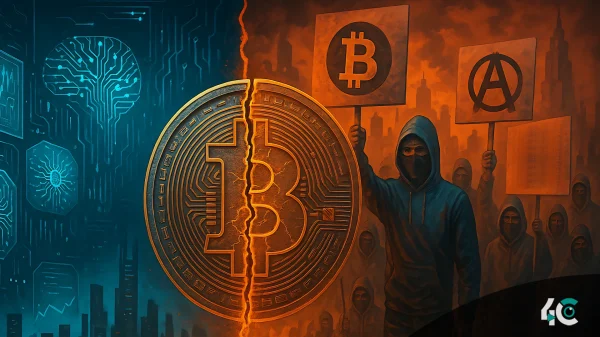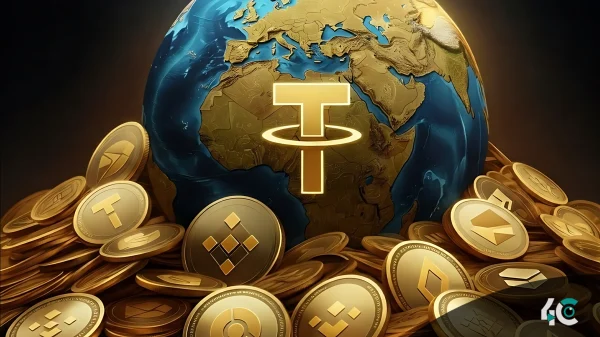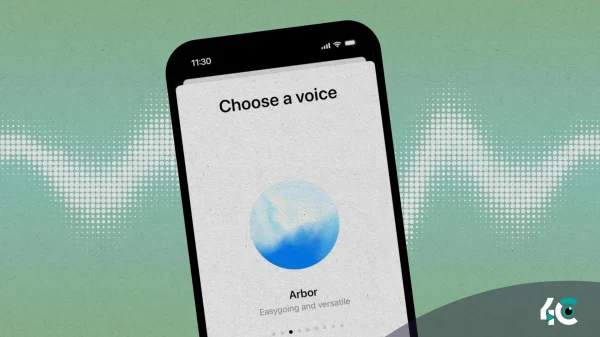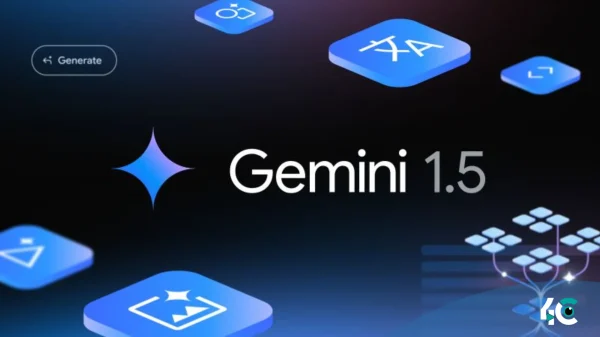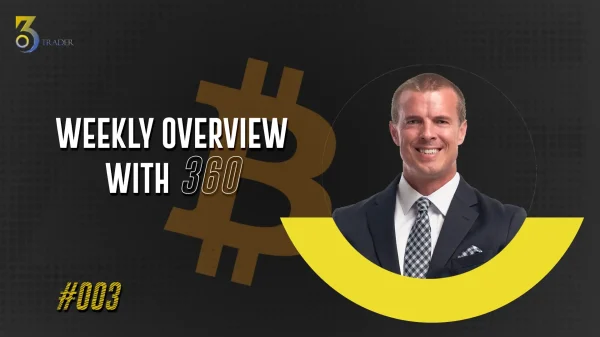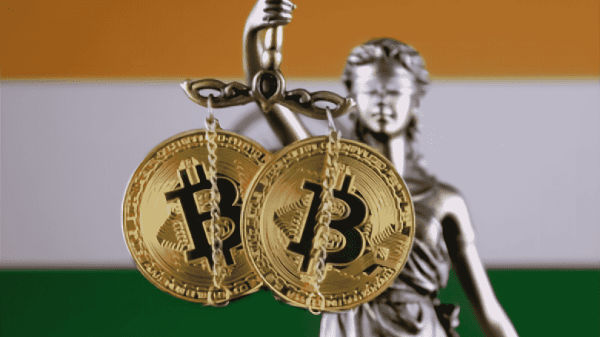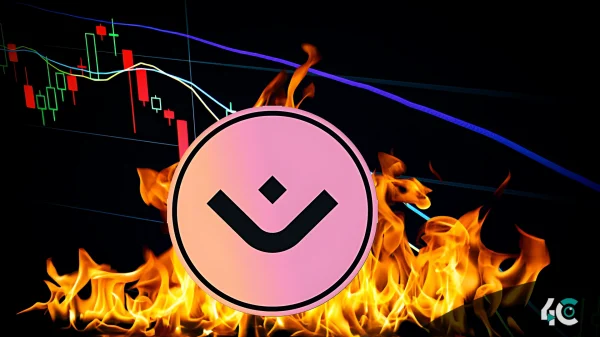Many believe that the industry’s emphasis on speculative features rather than enjoyable gameplay has turned users off the product, while tech issues continue (high gas fees, slow transactions). Is blockchain gaming a dying fad, or can it reinvent itself to regain its momentum?
The Rise and Fall of Blockchain Gaming.
From 2021 to 2022, gaming underpinned by blockchain emerged as perhaps the most intriguing intersection of tech and entertainment. Play-to-earn (P2E) models, such as Axie Infinity, The Sandbox, and Decentraland, revolutionized the gaming industry by rewarding gamers with cryptocurrencies or NFTs in-game. The games got millions of users, especially in Southeast Asia, where players treated them as viable income sources.
However, by 2025, the novelty had diminished. According to the latest GameMetrics data, daily active users (DAUs) of top blockchain games are down more than 70% from their peak. Axie Infinity, once known for success, is now losing over 100,000 daily active players as of 2023 and is unable to recover. Furthermore, virtual worlds like Decentraland and The Sandbox are seeing a decline in landowners.
Dr. Laura Martinez, gaming industry expert, said, “The first hype was due to speculation, not sustainable gameplay.” As novelty fades, players are finding out these games are not always gripping or very rewarding.
Why Are Players Leaving?
Several factors contribute to the decline in blockchain gaming.
1. Speculative Focus Over Fun Gameplay.
Many blockchain games give more importance to earning potential. Faceless players spend their time grinding the same tasks or managing the economy of their various tokens instead of enjoying an intriguing story or gameplay mechanics. Users will lose interest right after the financial incentive dries up.
According to James Carter, a video game designer, “most gamers seek fun. Players will not stick around like ‘miners’ when the treats stop, so do not treat them like one.
2. High Costs and Technical Barriers.
Most blockchain games suffer from high gas fees (transaction fees) and difficult onboarding processes. Before even starting to play, new players have to go through a complicated setup that involves creating crypto wallets and buying tokens. People who occasionally play games and are used to smooth interfaces find these things unsuitable.
According to Sarah Lin, a blockchain strategist, gaming shouldn’t be complicated by blockchain. Until we solve these usability issues, mass adoption will remain out of reach.
3. Market Volatility Undermines Earning Potential.
P2E games have become less profitable due to the decrease in cryptocurrency prices over the last couple of years. Tokens that had once been very profitable have lost so much value that players have struggled to put in the required time and effort.
When your earnings drop by 90%, why visit? “Where did the value go?” asked Marcus Reed, CEO of a blockchain analytics firm. When there is no trust, there is no loyalty.
4. Competition from Traditional Games.
Top gaming studios continue to release games with amazing graphics and engaging storytelling that provide a better value than other games. Many games on the blockchain fail to offer a better experience than free mobile games. In comparison, blockchain games find it tough to grab attention.
According to Dr. Martinez, gamers can choose from unlimited options. Players will simply go away if a blockchain game does not give them a reason to stay.
Attempts at Reinvention.
To attract back disenfranchised players, some blockchain gaming projects are trying new things as their user bases dwindle.
Shift Toward Play-and-Earn Models: Instead of just focusing on the earnings, some developers are introducing hybrid models that focus on fun with an option to earn.
Efforts are underway to incorporate blockchain goods into mainstream games so players can use NFTs while not needing an extensive understanding of blockchain technology.
Developers are simplifying interfaces and reducing transaction costs and onboarding friction to lure in non-crypto-natives.
For example, a popular blockchain RPG called Illuvium aims to mix high-quality graphics and decentralized asset ownership. The initial feedback indicates that it has a strong chance of blending Web3 ideas for gamers.
Can Blockchain Gaming Survive?
Blockchain gaming needs to change with the times to survive. According to industry experts, relying solely on speculative mechanics will not lead to sustainability or long-term growth. The focus should be on enjoyable, accessible, and social experiences.
Carter said, “We need to stop forcing blockchain into everything in gaming.” “Focus on what makes games great—storytelling, competition, creativity—and let blockchain enhance those elements, not overshadow them,” says a leading industry leader.
A Crossroads for Innovation.
The importance of blockchain gaming is paramount as it navigates through challenging times. If it succeeds, then it can change the way we think about ownership in digital spaces. If we fail to address the current shortcomings, the sector may transform into a niche industry.
The dream is continuing to evolve, but is not dead. The success or failure of blockchain gaming depends on its ability to regain the players’ love.
Presently, the video game industry may look toward establishing future monetization that can complement the gaming experience for users. It remains to be seen whether the industry will successfully engage players with new monetization strategies or become irrelevant.


